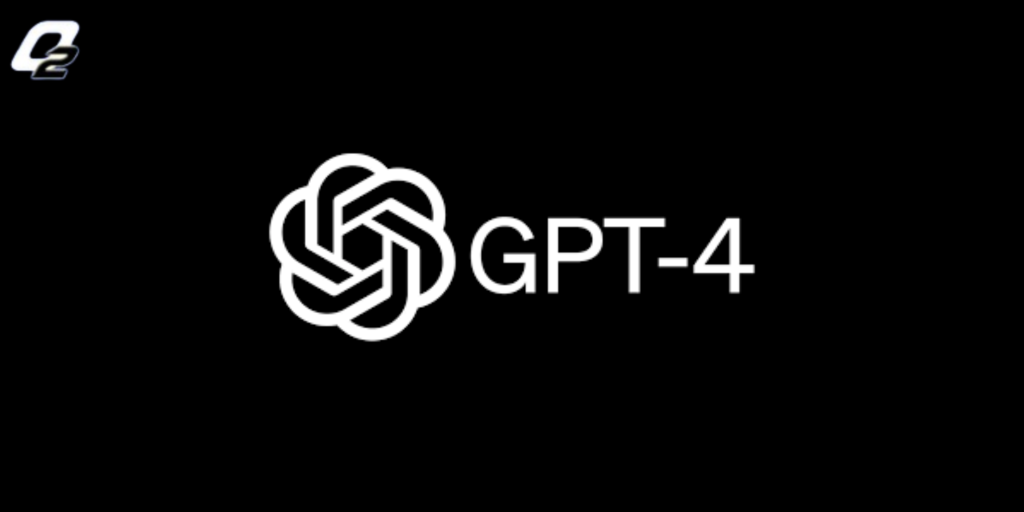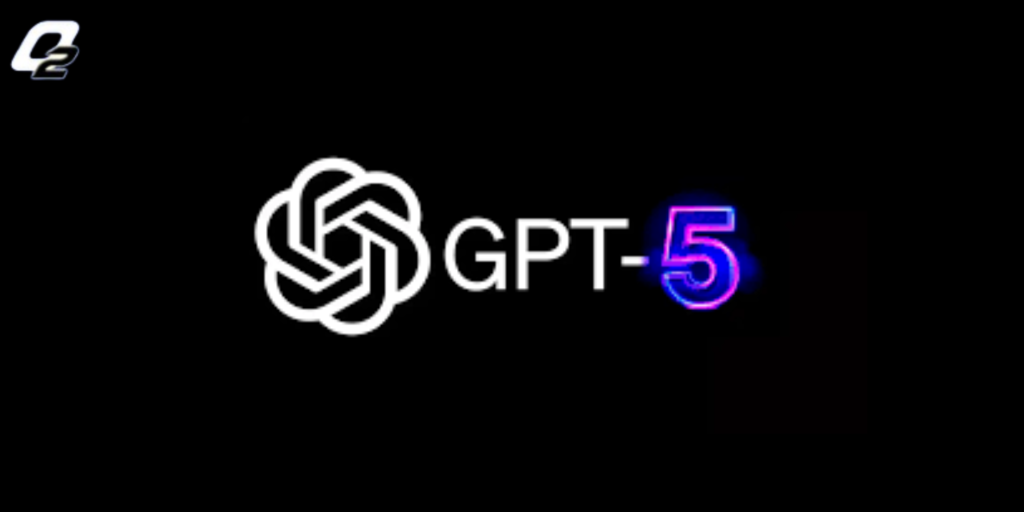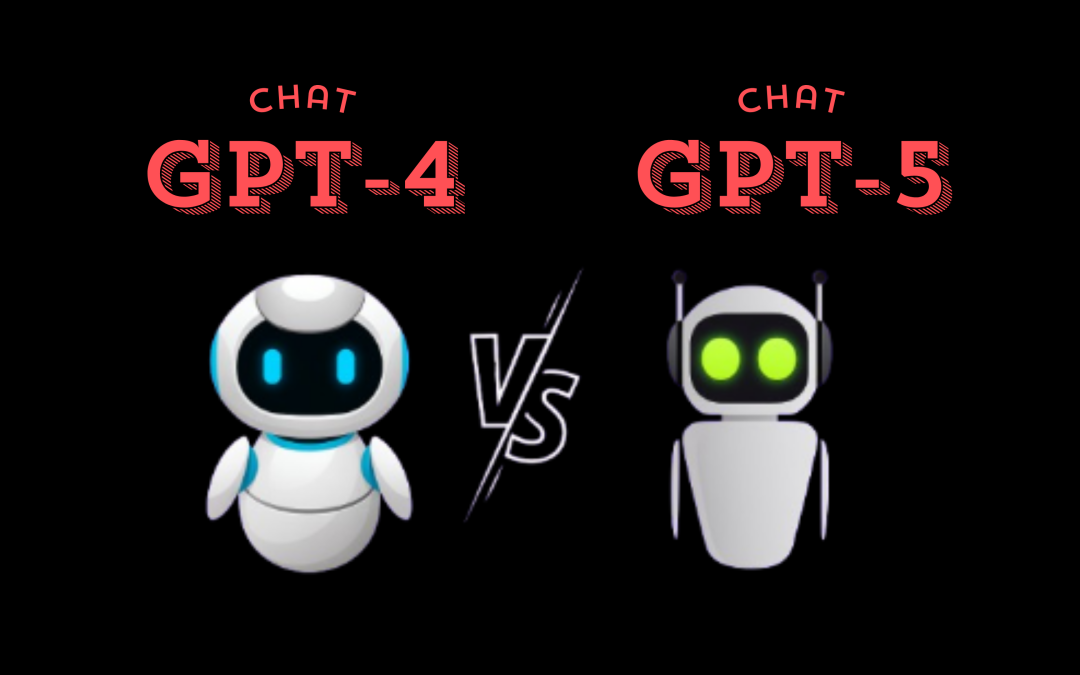Explore the key differences between ChatGPT-4 and ChatGPT-5, including speed, accuracy & reasoning. See how GPT-5 outperforms GPT-4 in AI capabilities.
Introduction to the Evolution of AI Chatbots
The world of artificial intelligence has witnessed remarkable progress in recent years, with OpenAI’s ChatGPT models leading the charge. When ChatGPT-4 was released, it set new standards for what conversational AI could achieve, demonstrating impressive capabilities in natural language understanding, creative tasks, and technical problem-solving. Now, with the arrival of ChatGPT-5, we’re seeing another quantum leap in AI technology that pushes the boundaries even further.
In this in-depth comparison between ChatGPT-4 and ChatGPT-5, we’ll explore every aspect of these two powerful AI models. From their fundamental architectures to their real-world performance across various tasks, this analysis will help you understand exactly how ChatGPT-5 improves upon its predecessor and whether upgrading makes sense for your specific needs. The differences go beyond simple metrics – we’re looking at how these models think, reason, and interact with users in fundamentally different ways.
First Impressions: Experiencing Both Generations
My Initial Experience with ChatGPT-4
When I first gained access to ChatGPT-4, it felt like stepping into the future of human-computer interaction. The model demonstrated an uncanny ability to understand context, maintain coherent conversations across multiple turns, and generate surprisingly creative content. I remember testing it with complex programming questions and being amazed at how it could not only explain concepts but actually write functional code snippets. The multilingual capabilities were particularly impressive, allowing for relatively seamless conversations across different languages.
However, even in those early days of excitement, certain limitations became apparent. The model would occasionally provide confidently stated but incorrect information, a phenomenon known as “hallucination.” More complex reasoning tasks sometimes required careful prompt engineering to get optimal results. There were noticeable delays in response times during peak usage periods, and the model could struggle with maintaining context in very long conversations.
The Moment I First Used ChatGPT-5
The transition to ChatGPT-5 was immediately noticeable from the very first interaction. The response time felt significantly faster, even when handling complex queries. But more importantly, the quality of responses had taken a qualitative leap forward. Where ChatGPT-4 sometimes felt like a very advanced chatbot, ChatGPT-5’s responses carried more nuance and depth, often anticipating follow-up questions before I even asked them.
One of my first tests was asking both models to explain a complex scientific concept at different levels of understanding – from elementary school to graduate-level comprehension. While ChatGPT-4 performed admirably at this task, ChatGPT-5 demonstrated superior ability to truly tailor explanations to the specified knowledge level without oversimplifying or using inappropriate jargon. This suggested significant improvements in the model’s understanding of user intent and contextual adaptation.
Understanding ChatGPT-4’s Capabilities and Constraints

Where ChatGPT-4 Excelled
ChatGPT-4 represented a major advancement in AI language models when it was released. Its ability to understand and generate human-like text across a wide range of topics made it invaluable for numerous applications. The model showed particular strength in creative writing tasks, capable of generating coherent stories, poems, and even screenplays with consistent tone and character development. For technical users, its coding assistance capabilities were revolutionary, able to explain programming concepts, debug code, and even suggest optimizations.
The multilingual support in ChatGPT-4 was another area where it shone brightly. While not perfectly fluent in all languages, its ability to maintain context and provide reasonably accurate translations between languages opened up new possibilities for global communication. Business users found it particularly useful for drafting emails, creating reports, and analyzing data – tasks where its ability to understand context and follow instructions proved invaluable.
The Limitations That Became Apparent
Despite its impressive capabilities, extended use of ChatGPT-4 revealed several consistent limitations. The model’s knowledge cutoff meant it couldn’t provide information about events or developments after its training period. More concerning was its tendency to occasionally generate plausible-sounding but factually incorrect responses, especially when dealing with niche topics or less common knowledge areas.
Another significant limitation was its handling of complex, multi-step reasoning problems. While it could often solve individual components of a problem correctly, maintaining logical consistency across an extended chain of reasoning sometimes proved challenging. Users also reported that getting the best results often required careful prompt engineering – crafting questions in specific ways to elicit the desired response quality.
ChatGPT-5: The New Frontier in Conversational AI

Key Advancements and Innovations
ChatGPT-5 represents a substantial evolution in AI capabilities, building on the foundation of ChatGPT-4 while addressing many of its limitations. One of the most immediately noticeable improvements is in response quality and coherence. The model demonstrates significantly better understanding of nuanced queries and can handle complex instructions with greater accuracy. This is particularly evident in technical domains where precision is critical.
Perhaps the biggest gain has been in reasoning abilities. ChatGPT-5 can follow extended logical chains more reliably, make appropriate inferences, and even recognize when it needs to ask clarifying questions rather than make assumptions. This leads to more accurate and useful responses, especially in professional contexts where incorrect information could have serious consequences.
Personal Observations from Extensive Testing
Having used ChatGPT-5 extensively across various applications, several consistent improvements stand out. The model’s ability to maintain context in long conversations is markedly better, reducing the need for constant repetition or clarification. In creative tasks, it demonstrates more sophisticated understanding of narrative structure, character development, and stylistic consistency.
For technical applications like programming assistance, the improvements are particularly valuable. ChatGPT-5 not only provides more accurate code suggestions but can better explain the reasoning behind its solutions. When debugging, it’s more likely to identify root causes rather than just symptoms, and its suggestions for optimization tend to be more practical and implementation-ready.
Head-to-Head Comparison: ChatGPT-4 vs ChatGPT-5
Performance in Speed and Accuracy
When comparing response times, ChatGPT-5 consistently outperforms its predecessor, especially noticeable when handling complex queries that require substantial computation. More importantly, the quality of these faster responses is superior – ChatGPT-5 makes fewer factual errors and demonstrates better judgment in ambiguous situations. This combination of speed and accuracy makes for a significantly more productive user experience.
In practical testing across various domains, ChatGPT-5 maintains its advantage. Whether answering technical questions, providing creative suggestions, or analyzing complex information, it delivers more reliable results with less need for verification. This reliability boost is particularly valuable in professional settings where accuracy is paramount.
Reasoning and Problem-Solving Capabilities
Among ChatGPT-5’s most notable enhancements are the increases in reasoning abilities. Where ChatGPT-4 might struggle with multi-faceted problems requiring several steps of analysis, ChatGPT-5 demonstrates more methodical and reliable problem-solving approaches. This is evident in everything from mathematical proofs to business strategy development.
A particularly impressive aspect is ChatGPT-5’s improved ability to recognize its own limitations. It’s more likely to acknowledge when it doesn’t have enough information to provide a definitive answer, rather than generating a potentially incorrect response. This metacognitive ability represents an important step forward in AI safety and reliability.
Conversational Flow and Adaptability
The natural flow of conversation with ChatGPT-5 feels noticeably more human-like. The model excels at maintaining appropriate context throughout extended dialogues, picking up on subtle cues, and adapting its responses accordingly. This makes for more productive and enjoyable interactions, especially in complex discussions that span multiple topics.
ChatGPT-5 also demonstrates superior ability to adjust its communication style based on implicit cues. Where ChatGPT-4 often required explicit instructions to adopt a particular tone or level of formality, ChatGPT-5 more naturally matches the user’s style, making the interaction feel more intuitive and less like talking to a machine.
Real-World Application: A Case Study in Coding Assistance
Practical Comparison in Development Work
To truly understand the differences between these models, I conducted an extensive comparison using real-world programming tasks. The test involved debugging a complex Python script with multiple interacting components, optimizing an algorithm, and then explaining the changes to a non-technical stakeholder.
ChatGPT-4 performed competently at these tasks, successfully identifying several bugs and suggesting reasonable optimizations. However, it occasionally missed subtle interactions between different parts of the code and sometimes proposed solutions that, while technically correct, weren’t the most efficient or maintainable approaches. Its explanations for non-technical audiences were good but sometimes included unnecessary technical details.
How ChatGPT-5 Handled the Same Challenges
ChatGPT-5’s performance on the same set of tasks demonstrated clear advancements. It not only identified all the bugs that ChatGPT-4 found but also caught several more subtle issues related to edge cases and error handling. The optimization suggestions were more thoughtful, considering not just raw performance but also code readability and long-term maintainability.
Perhaps most impressive was ChatGPT-5’s ability to tailor its explanations perfectly to the audience. For non-technical explanations, it used excellent analogies and avoided jargon without oversimplifying the core concepts. When asked to provide more technical details for developer documentation, it adjusted seamlessly to include appropriate specifics.
Making the Decision: Should You Upgrade to ChatGPT-5?
Considerations for Casual Users
For those using AI primarily for general knowledge questions, casual conversation, or simple content generation, ChatGPT-4 may still meet most needs adequately. The improvements in ChatGPT-5, while noticeable, might not justify any additional cost or access requirements for these basic use cases. However, the enhanced conversational flow and reliability could still provide a better overall experience even for casual interactions.
Benefits for Professionals and Power Users
For professionals using AI in their work – whether in writing, programming, research, or analysis – the advantages of ChatGPT-5 are substantial enough to strongly consider upgrading. The improved accuracy alone can save significant time in fact-checking and verification. The enhanced reasoning capabilities open up new possibilities for complex problem-solving and decision support.
Developers in particular will appreciate the more reliable coding assistance, while content creators can benefit from the more nuanced understanding of style and audience. Researchers working with complex information will find the improved ability to synthesize and analyze information from multiple sources invaluable.
Final Assessment: Evaluating the Generational Leap
Recognizing ChatGPT-4’s Legacy
It’s important to acknowledge that ChatGPT-4 was and remains a groundbreaking achievement in AI. Its capabilities transformed how many people work with information and automation, setting new expectations for what conversational AI could achieve. Many of its core strengths – the language fluency, creative potential, and technical utility – continue to make it a powerful tool even with ChatGPT-5 now available.
Why ChatGPT-5 Represents a Meaningful Advancement
What makes ChatGPT-5 special isn’t just incremental improvements in existing capabilities, but the emergence of new qualities in AI interaction. The enhanced reasoning, more reliable outputs, and superior contextual understanding create a fundamentally different user experience. It feels less like using a tool and more like collaborating with a knowledgeable partner.
The improvements in safety and reliability are particularly noteworthy. ChatGPT-5’s better judgment about when it knows something versus when it’s speculating, combined with its increased accuracy, makes it suitable for more serious applications where errors could have significant consequences.
Looking Ahead: The Future of AI Chatbots
The advancements in ChatGPT-5 offer a glimpse into AI’s future—with improved reasoning, reliability, and contextual understanding paving the way for more sophisticated collaboration and critical decision-making support. These innovations hint at transformative applications in education, research, and creative fields that we’ve yet to fully imagine. For users debating an upgrade, the choice depends on individual needs: while casual users may still find value in ChatGPT-4, professionals and power users will likely benefit immediately from ChatGPT-5’s enhanced capabilities. What remains undeniable is AI’s rapid evolution—chatbots are no longer novelties but indispensable tools reshaping how we work, create, and interact with technology.
FAQs: ChatGPT-4 vs ChatGPT-5
1. Is ChatGPT-5 much better than ChatGPT-4?
Yes, ChatGPT-5 is faster, more accurate, and handles complex reasoning better. The improvements are especially noticeable in technical tasks and long conversations.
2. What are the biggest upgrades in ChatGPT-5?
- Speed & response quality
- Fewer factual errors
- Better at coding & problem-solving
- More natural, human-like interactions
3. Does ChatGPT-5 still make mistakes?
While far fewer than ChatGPT-4, it’s not perfect. Always verify critical information, especially for research or coding.
4. Is ChatGPT-5 worth upgrading for coding?
Absolutely. It debugs more efficiently, explains code better, and suggests optimized solutions that ChatGPT-4 might miss.
5. Will ChatGPT-4 become obsolete?
Not immediately, but as ChatGPT-5 improves, GPT-4 may feel outdated for advanced tasks. Casual users can still use it, but professionals should consider upgrading.
